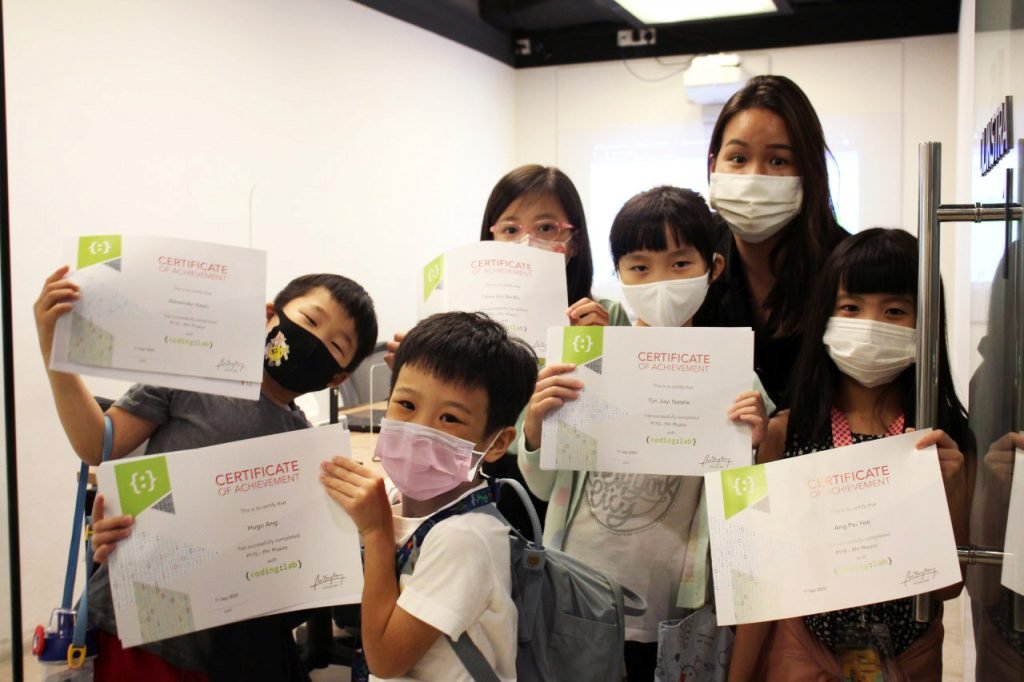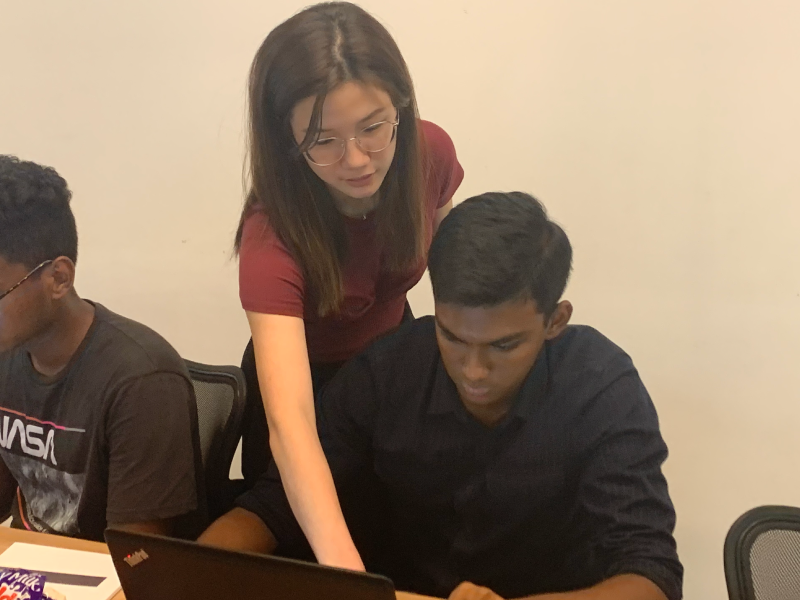
Blog
Sharing our intimate insights on Education, Computational Thinking and Technology
Welcome to our blog, where we delve into the realms of education, coding, and technology. We aim to empower parents and students by providing valuable insights, tutorials, and resources. From unraveling the mysteries of coding to exploring its endless possibilities, we believe that coding is not just a skill but a mindset that nurtures problem-solving, creativity, and resilience. Join us on this exciting journey as we shape the next generation of digital pioneers, preparing them to thrive in the ever-evolving digital age.

Did You Know? Advanced Computer Scientists (ACS) series

Did You Know? Young Computer Scientists (YCS) series

Resilience and Reflection: A chat with our founders, Yong Ning Foo and Candice Wang

5 Tech Geniuses - How They Got Started

Top 10 shows/cartoons to teach children about STEM

Career Tips & Starting Salaries: How do Programmers Compare?

Back to School Tips: What Parents should know Post-Circuit Breaker
With effect from 2 June, Primary and Secondary students who are in graduating cohorts will attend school daily while other cohorts will rotate weekly between Home-Based Learning and returning to school for lessons. Here are some specially curated tips that we hope will aid you in making your child’s digital journey the best that it can be.

Schools in Singapore offering IB Computer Science, O-Level and A-Level Computing
There’s no doubt that computing/programming is becoming more and more of a fundamental skill needed to thrive in this digital age. This is why there has been an increase in the number of schools offering Computing as an O-Level and A-Level subject.
